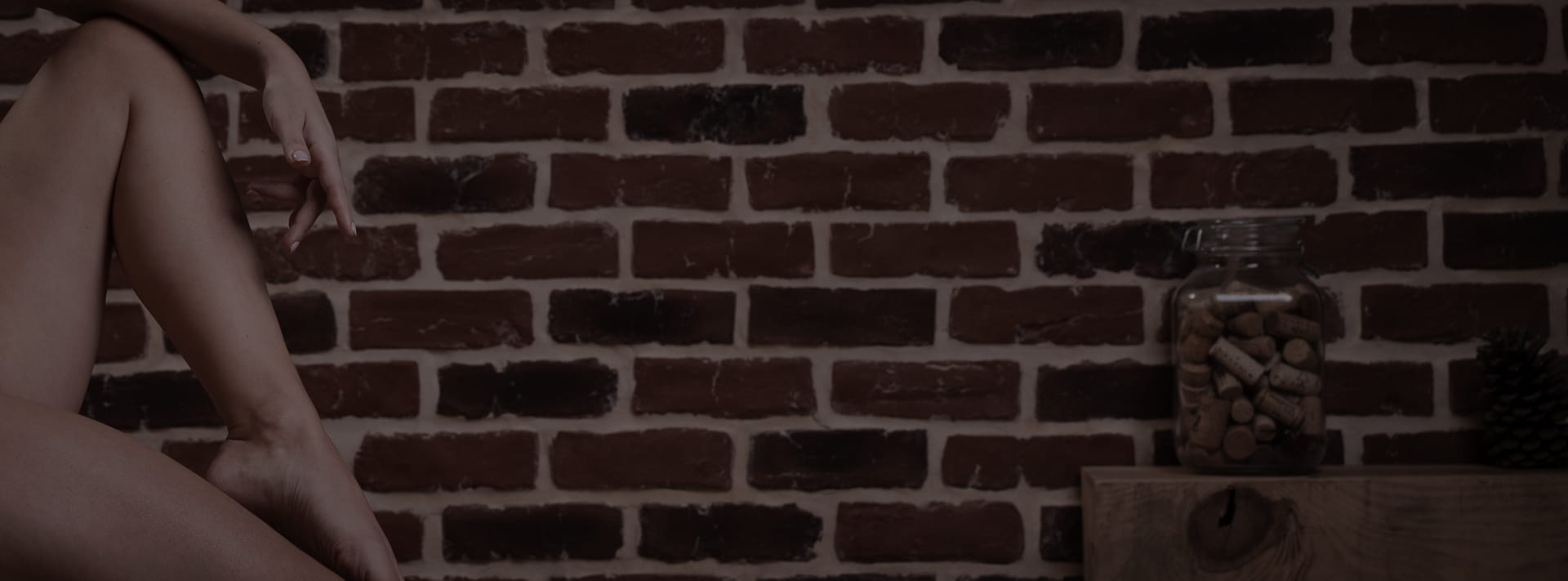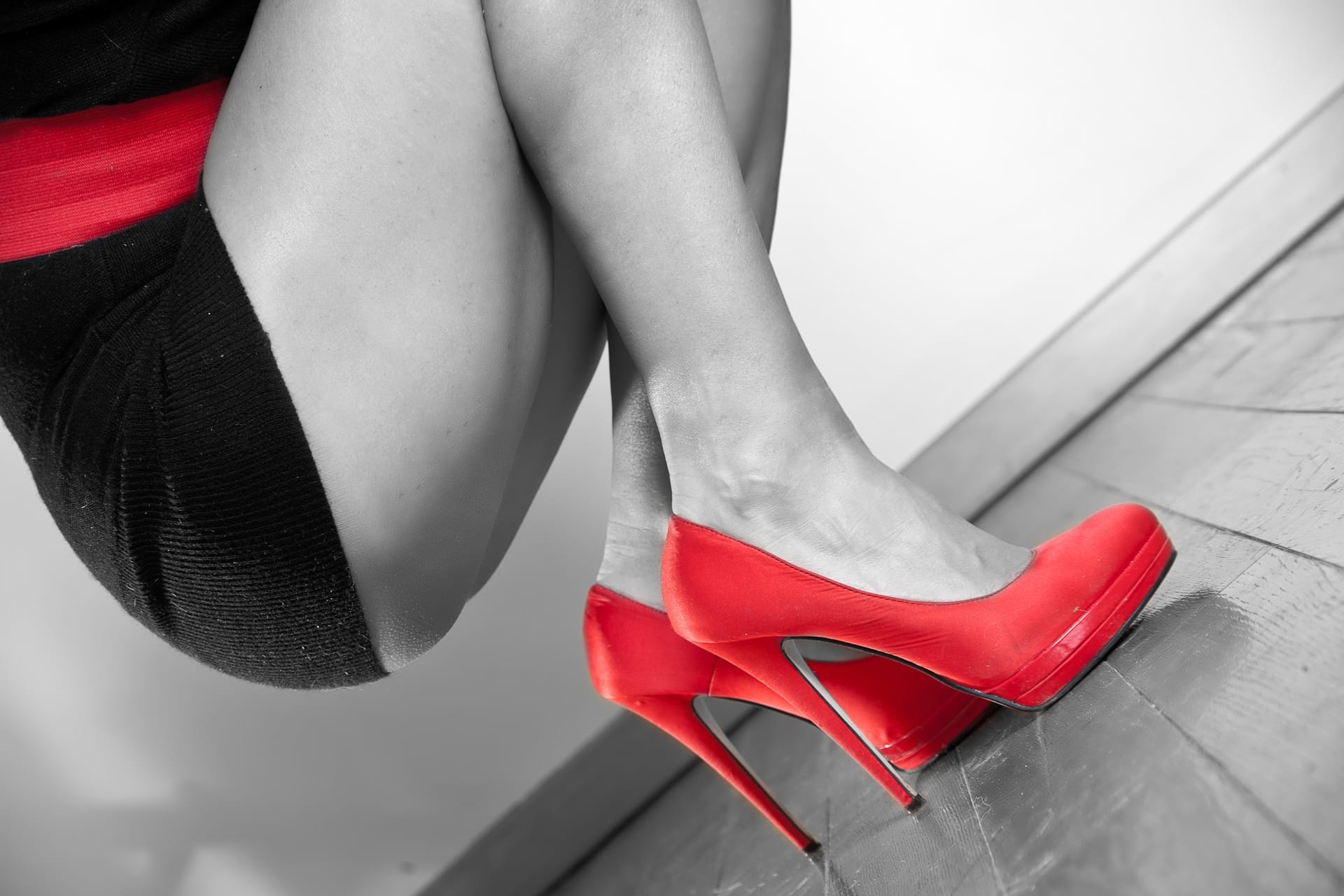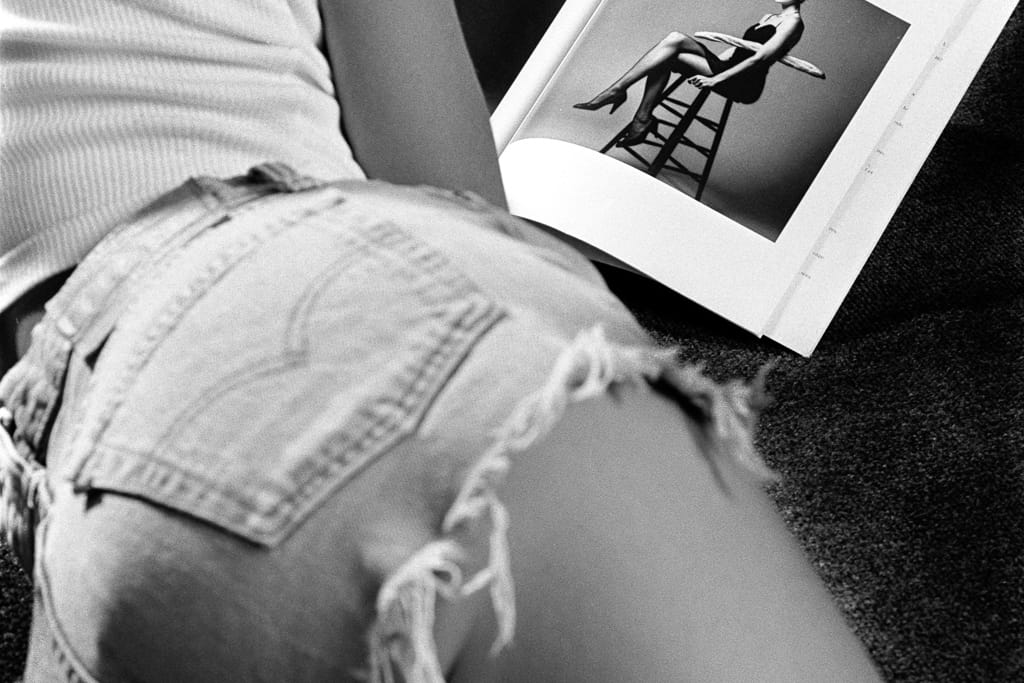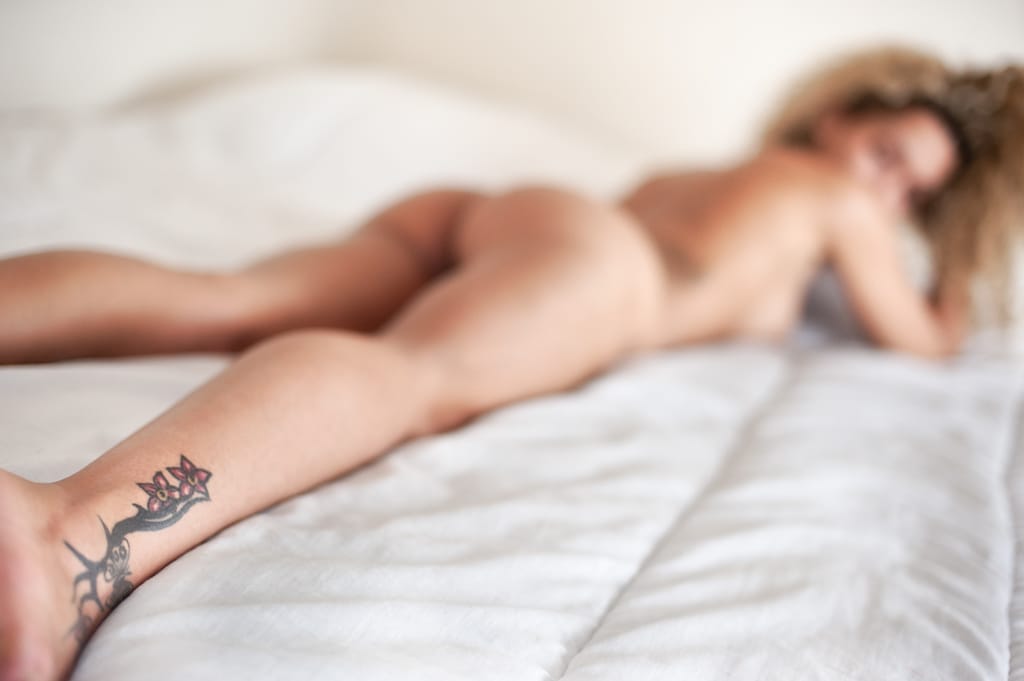
Boudoir photography edits: What’s too much?
In the world of boudoir photography, every image is a moment captured to reveal an emotion, a personality, a gaze. But the raw image is often just the first step. While the photoshoot captures the moment, editing allows it to shine, revealing its depth while respecting the model’s essence. But what does “editing” and “retouching” mean in the context of boudoir photography ? And what role does Photoshop play in this process ?

The essence, in a word:
In boudoir photography, editing enhances the image without altering the model's reality. Adjustments to light, contrast, and colour reveal the atmosphere of the moment. Retouching subtly corrects minor imperfections, preserving the authenticity of the portrait for a faithful and elegant image.
Editing: An Essential Part of Photography
Editing is not merely an add-on to modern photography—it has always been integral, even in the days of analogue photography when photographers used enlargers and chemical techniques to refine their prints. Today, with digital photography, editing has evolved, but its goal remains the same: to enhance the image while staying true to the subject.
Editing adjusts brightness, contrast, and colours to faithfully reflect the scene’s atmosphere.
Every photo I take is systematically edited because editing allows us to fine-tune elements of the image to better convey the mood of the scene. This involves adjustments to brightness, contrast, white balance, colour grading, and more advanced techniques like local adjustments. Essentially, we manipulate light and colour to highlight key elements and give the image visual depth.
Local adjustments, such as dodging (lightening) and burning (darkening), allow us to play with light in specific areas of the image. These techniques guide the viewer’s eye, emphasise areas of interest, and soften distracting elements. All of this is done with respect for the original image, aiming for a natural feel while accentuating the most important parts of the portrait.
Rather than transforming reality, editing enhances it, making the image faithful to the captured moment while adding a touch of visual harmony. The final image should reflect what the human eye perceived at the time, with an added hint of magic that only skilled editing can bring.
The Final Result and the Importance of Staying True
Once editing is complete, the image should be ready to convey its intended message to the viewer while remaining true to the original scene. This is where editing plays a crucial role, as it gives the image the tone and texture it deserves without altering the essence of the captured moment.
Editing optimises each photo to reflect the original scene, without distortion or artifice.
Take black-and-white photography as an example. Colour photos, once taken, are converted to black and white during editing. But it’s not a simple removal of colour—it’s a true reinterpretation. Every shade of grey, every texture, must be carefully treated so that the black-and-white portrait retains its richness and depth. Different techniques are used to achieve the best results, tailored to the model and the session to ensure the outcome is faithful to the scene while adding an extra dimension.
The goal isn’t to transform reality but to enhance the image, bringing it closer to what was seen through the lens while enriching it with nuances the naked eye might have missed. This process ensures the photo remains an authentic portrait, a genuine representation of the model and their moment, free from distortion or fantasy.
Boudoir photography must reflect the model’s beauty and sensuality without falling into the trap of illusion. The editing process enhances reality without overstepping into artificiality, preserving the natural allure of the portrait.
Retouching: Balancing Enhancement with Authenticity
By this stage, editing has brought the image to life, but retouching steps in to address minor imperfections. It’s important to distinguish between “editing” and “retouching.” While editing involves global transformations to enhance the mood, retouching focuses on specific details.
More extensive retouching is available upon request, but the approach remains natural.
In boudoir photography, retouching is best kept minimal. The primary goal is to preserve the portrait’s authenticity, respecting the model’s personality and natural beauty. For example, minor skin imperfections like small blemishes or temporary marks are softened subtly. It’s about correcting what would naturally fade in a few days without erasing the model’s authenticity.
The aim is not to over-smooth the skin to the point of creating an unreal effect. On the contrary, natural skin texture is valuable—it’s what gives each model their unique charm. Over-smoothing can make the image appear artificial, diminishing its impact.
Specific areas of the image, such as shadows and highlights on the face, can also be retouched for balance. However, it’s essential to keep retouching light and discreet to maintain the model’s natural appearance. As a boudoir photographer, I prioritise a subtle, respectful approach, focusing on elements that enhance the portrait without altering it.
That said, at the model’s request, retouching can be more extensive. For instance, some clients may prefer even smoother skin or specific details softened. I always recommend not overdoing retouching, as the goal is to retain the portrait’s natural and lively essence. Over-retouching can detract from the genuine and sincere quality we aim to capture in a boudoir session.
The Art of Subtle Boudoir Editing
Boudoir photography isn’t just about poses and lighting—it also involves the delicate art of editing and retouching, aimed at bringing out the best in the model without betraying their truth. Whether it’s adjusting brightness, refining contrast, or lightly retouching the skin, every detail should enhance the image without compromising its authenticity.
In the delicate art of boudoir photography, it’s essential to respect the model’s reality while subtly enhancing it. Ultimately, we aim to capture the essence of the moment and make it timeless—faithful to what the eye saw and the soul felt.
Frequently Asked Questions
If you’re still thinking things over—or if your head is already buzzing with ideas—let me know, I’d be delighted to help!
What’s the difference between editing and retouching in boudoir photography?
What exactly do retouches on the skin entail?
Do you modify body shape or silhouette with Photoshop?
How do you ensure retouching remains discreet and preserves authenticity?
What about temporary imperfections like a pimple or redness?



